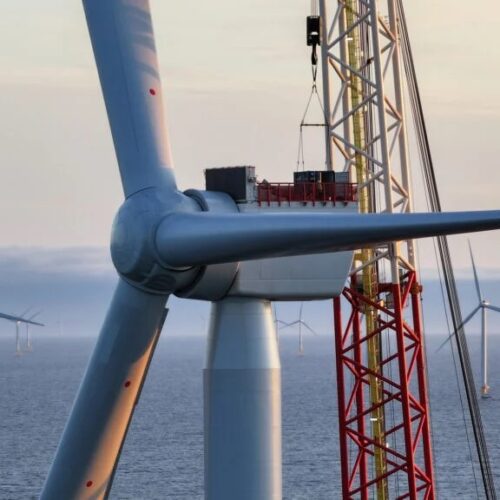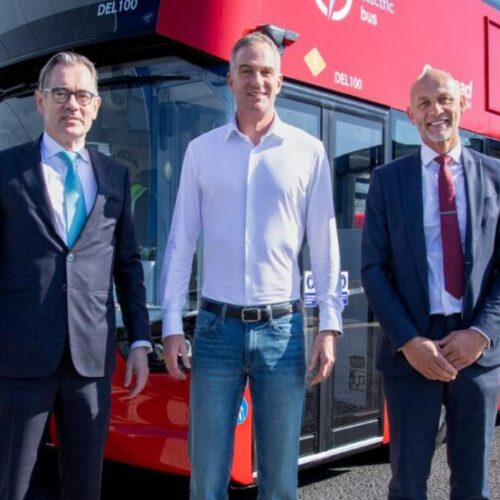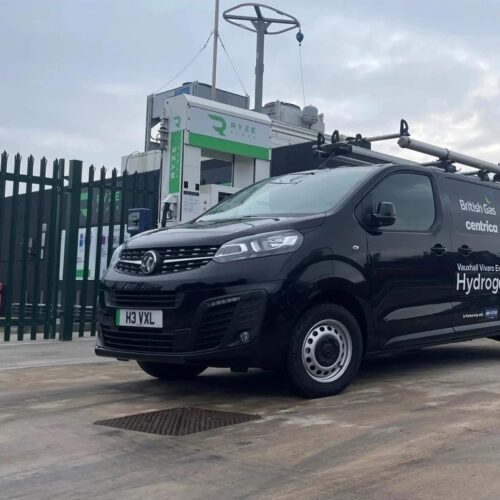The St Helena government tested the feasibility, reliability and adaptability of electric vehicle use on one of the most remote inhabited islands on the planet.
Global car manufacturer Subaru and Norwegian EV charger brand Easee collaborated with the government for a trial that saw an Easee Charge unit installed beside the museum in the British overseas territory’s capital, Jamestown. It was connected to the St. Helena grid by island power provider Connect St Helena Ltd.
The trial ran for two months and, because there are only four EVs in use on St Helena and all of them are older models, also saw a 2024 all-electric Subaru Solterra sent to the island by Subaru UK.
According to the companies, a whole day of driving used no more than 20% of the vehicle’s battery capacity, and it could be recharged using regenerative braking technology on downhill parts of the road.
Managing director of the UK branch of Easee said the project resonated with the company because it believes location should not be a barrier to the EV transition. He also said that because of the Easee Charge unit’s “robustness, durability and efficacy” consumers on the remote island can rely on “good, solid infrastructure that will not break down when they need it most”.
The charging point will stay on St Helena as part of an expanding network being installed for a small fleet of electric cars being imported for tourist and islander use later this year.
Mark Brooks, St Helena minister for treasury and economic development, said: “We are excited to be a partner in this project to bring in an electric car and an electric charger and to install it as a public charging station in the remotest place in the world.”
The government of St Helena incentivises residents to import electric cars and plans to switch almost entirely to sustainable power and zero emission transport by the end of the decade.
Currently, St Helena has a wind farm and a solar array, providing up to 25% of the island’s power needs. The rest is generated by a diesel power station, using £5 million of fuel shipped from South Africa each year. The St Helena government plans to have 80% of the island’s power generated by wind and solar by 2028.
“The next step is to roll out the infrastructure so that we are using electric vehicles more and more on the island,” concluded Brooks. “There are a lot of diesel and petrol vehicles primarily, and we want to change that behaviour and start to use more electric vehicles.”
Easee has launched several UK partnerships, too, including with EV charging app provider ev.energy and EV chargepoint software company Jumptech.






